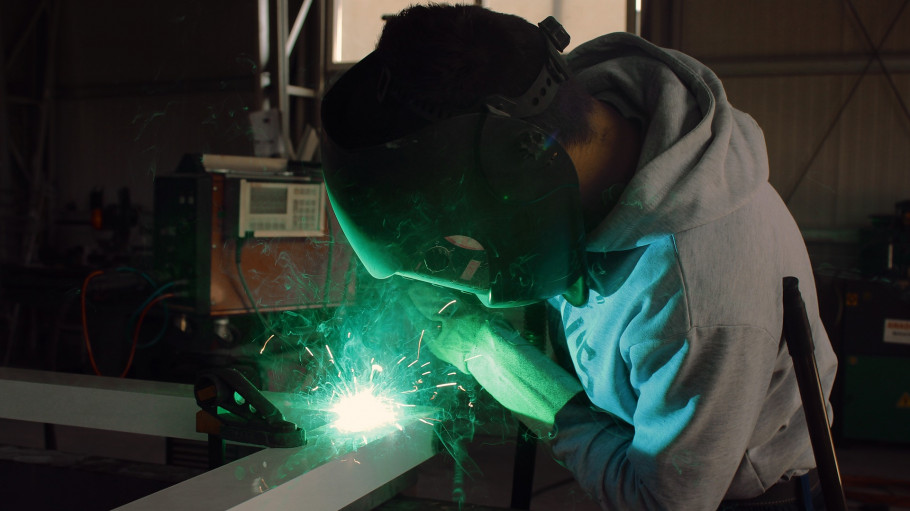

The European Union Emissions Trading System was the first large greenhouse gas emissions
trading scheme in the world, and is still the largest. It was launched in 2005 as a major pillar of
European climate policy.
The Emissions Trading System is a ‘cap and trade’ mechanism. The ‘cap’ is the maximum amount of all greenhouse gas emissions that can be emitted by all participating industry sectors. This ‘cap’ is reduced every year by a ‘linear reduction factor.’
Within this ‘cap’, installations are permitted to either keep ‘allowances’ for next year or to sell them on to other companies that may need to emit more.
The original objective of the Emissions Trading System was to achieve agreed emissions reduction targets in a 'cost-effective and economically efficient manner'. This is done using the carbon price resulting from the interaction of supply and demand for ‘emissions allowances’.
The EU Emissions Trading System covers around 11,000 installations in power generation and industry as well as the aviation sector. These installations are together responsible for 45% of the EU’s greenhouse gas emissions. Emissions from buildings, agriculture, transport and waste are outside the Emissions Trading System’s scope.
Brussels, 06 February 2024 – The 90% target recommended today by the European Commission demands an unprecedented transformation of EU society and industry in just 16 years. The steel industry is already playing its role but there is not yet a clear business case for the transition, and investments remain worryingly low. Rather than focusing on an abstract debate on target-setting, the EU needs a concrete problem-solving approach that delivers urgently an investment-friendly framework with affordable energy and an international playing field at its core, says the European Steel Association.
Brussels, 29 September 2023 – The start of the transitional period of the Carbon Border Adjustment Mechanism (CBAM) on 1 October 2023 is a major milestone in the implementation of the EU Green Deal. The initial phase of the CBAM, with simplified monitoring and reporting, will be crucial to assess how watertight its functioning is in preventing carbon leakage in European industrial sectors, such as steel, to other countries that continue to invest in highly CO2-intensive technologies, states the European Steel Association.
Brussels, 18 December 2022 – On Saturday night EU institutions agreed on the revision of the Emissions Trading System following an earlier agreement on the Carbon Border Adjustment Mechanism. The final text sets new rules for the upcoming years until 2030, which constitute a critical period for the uptake of low carbon technologies at industrial scale in the steel sector. While the ETS revision introduces some stronger incentives for the uptake of new technologies to decarbonise industry, a pre-defined free allocation phase-out trajectory risks wiping out a large part of EU steel exports worth €45 billion if no concrete export solution is found before 2026, warns the European Steel Association.
Several myths or misunderstandings about the role and functioning of the EU ETS abound in discussions about this central EU climate policy.
WTO compliance, transition period, solution for exports, anticircumvention measures: our collection of impact assessments and policy documents